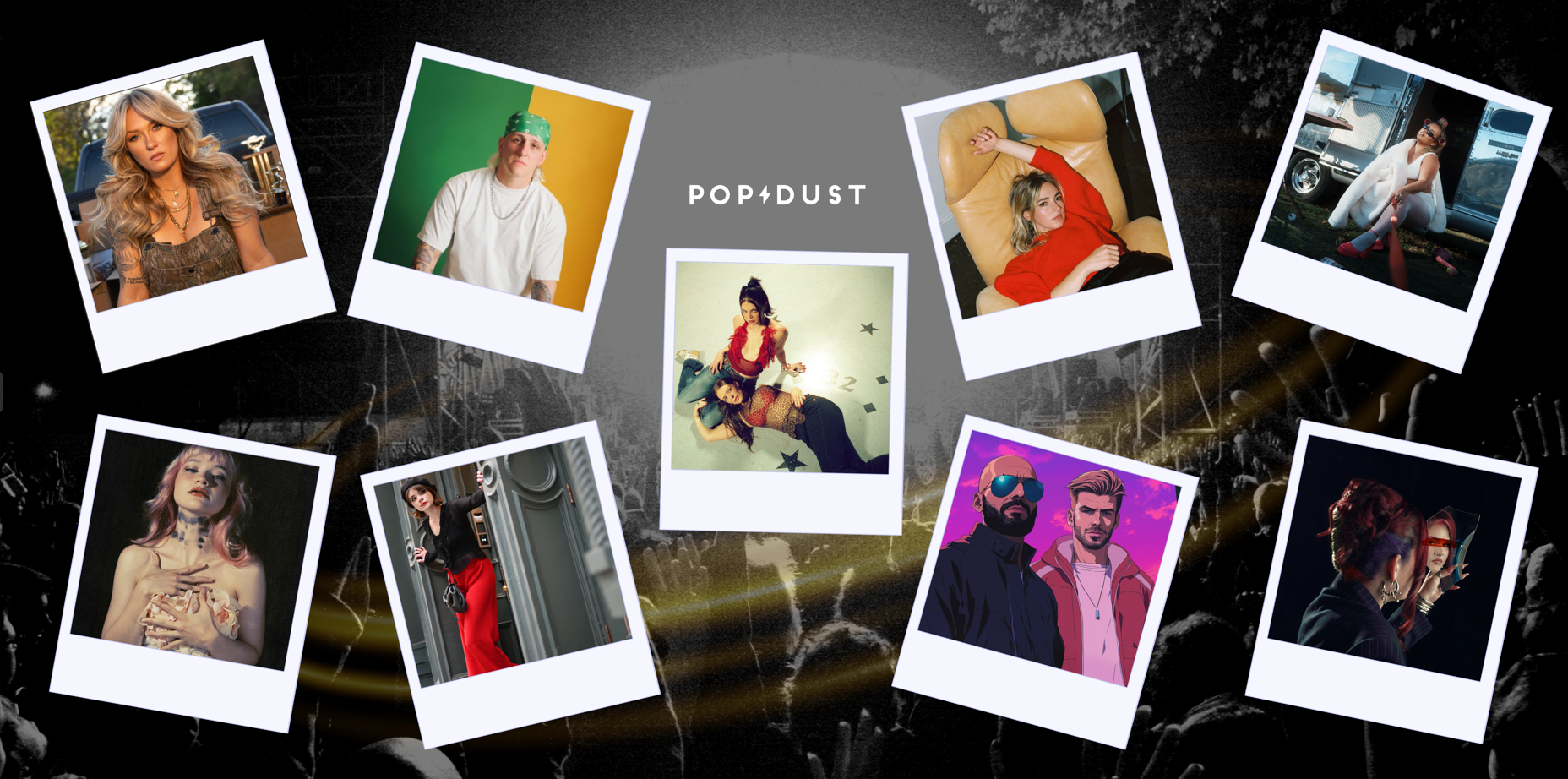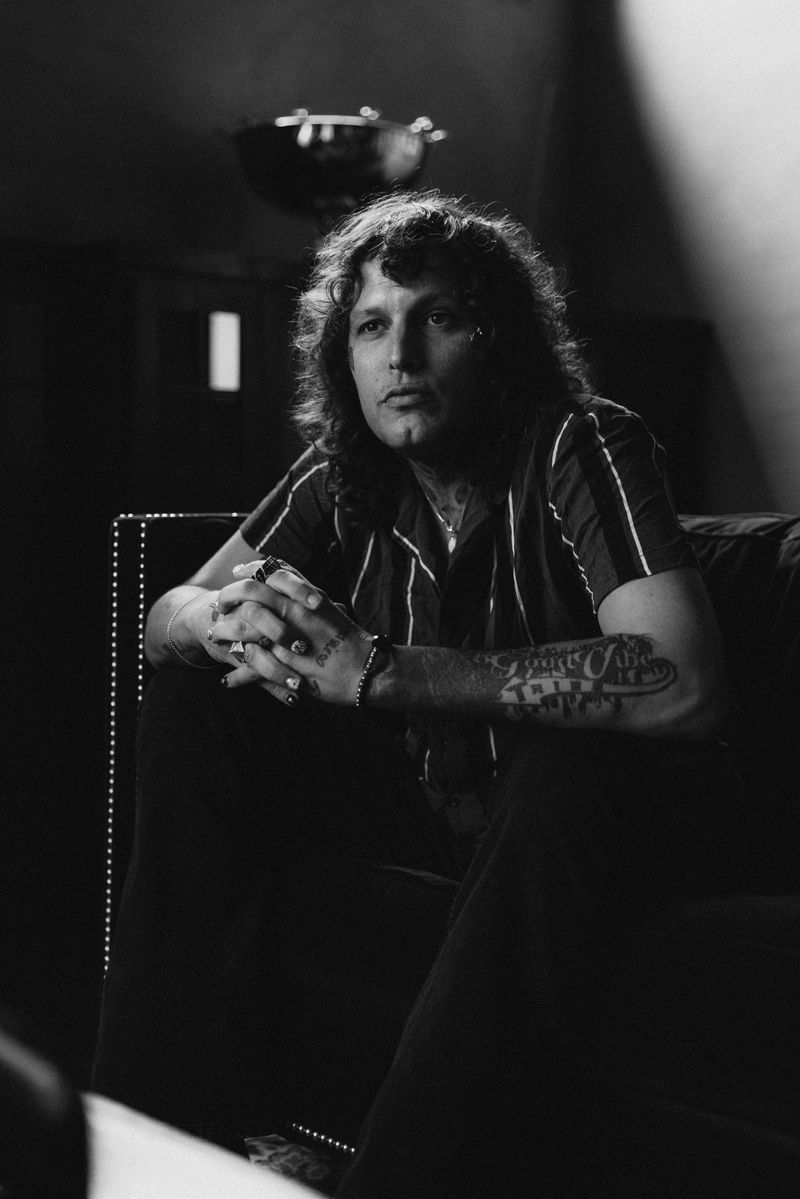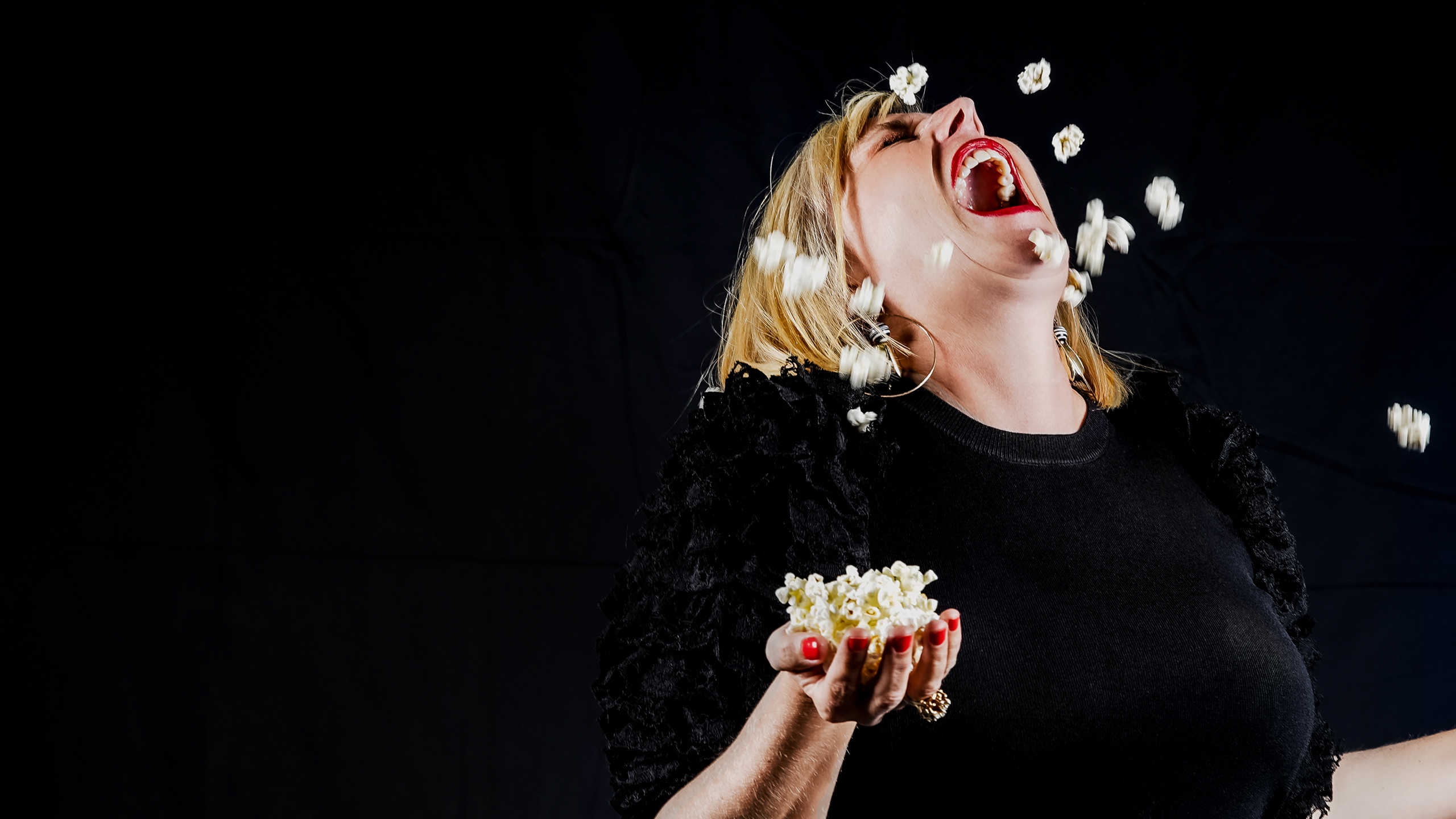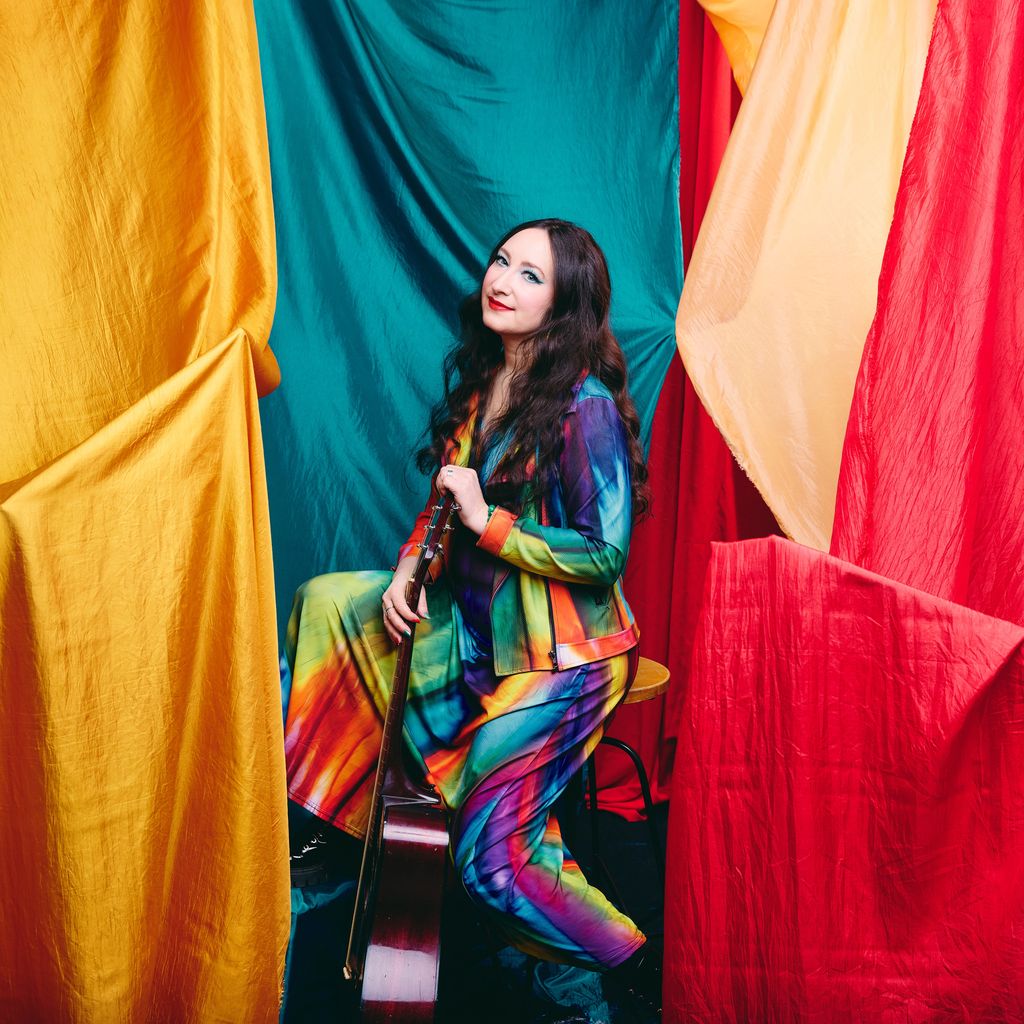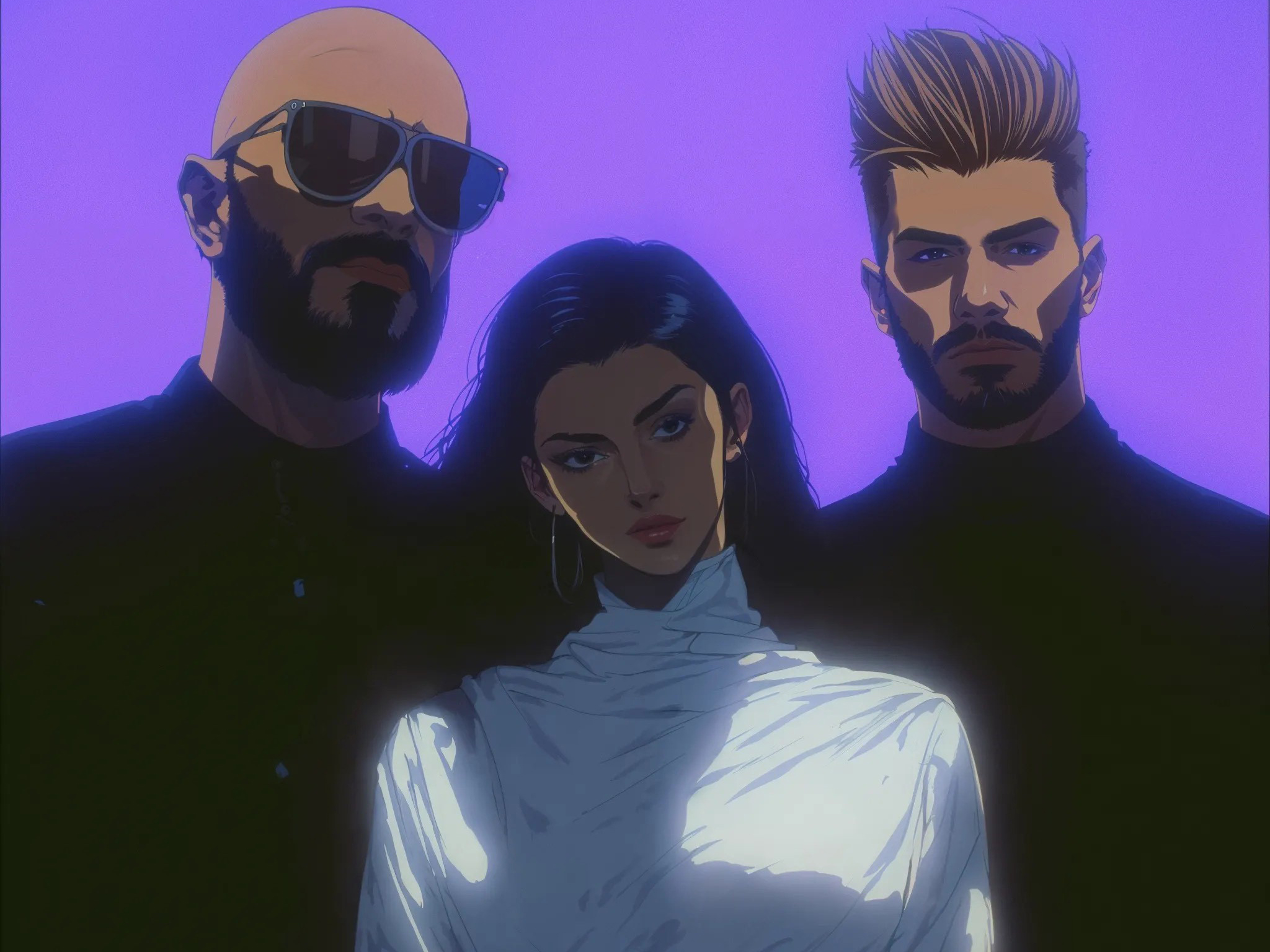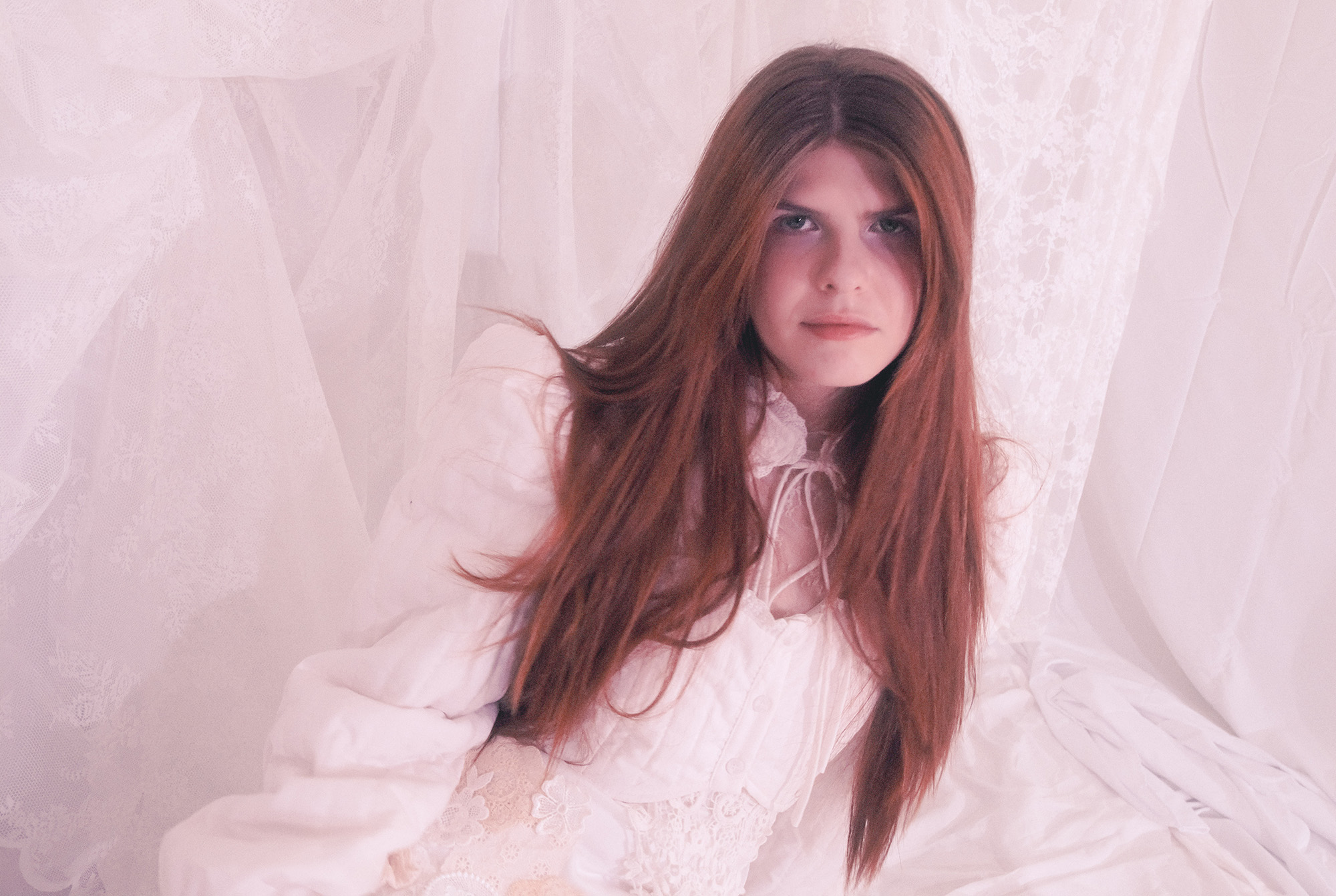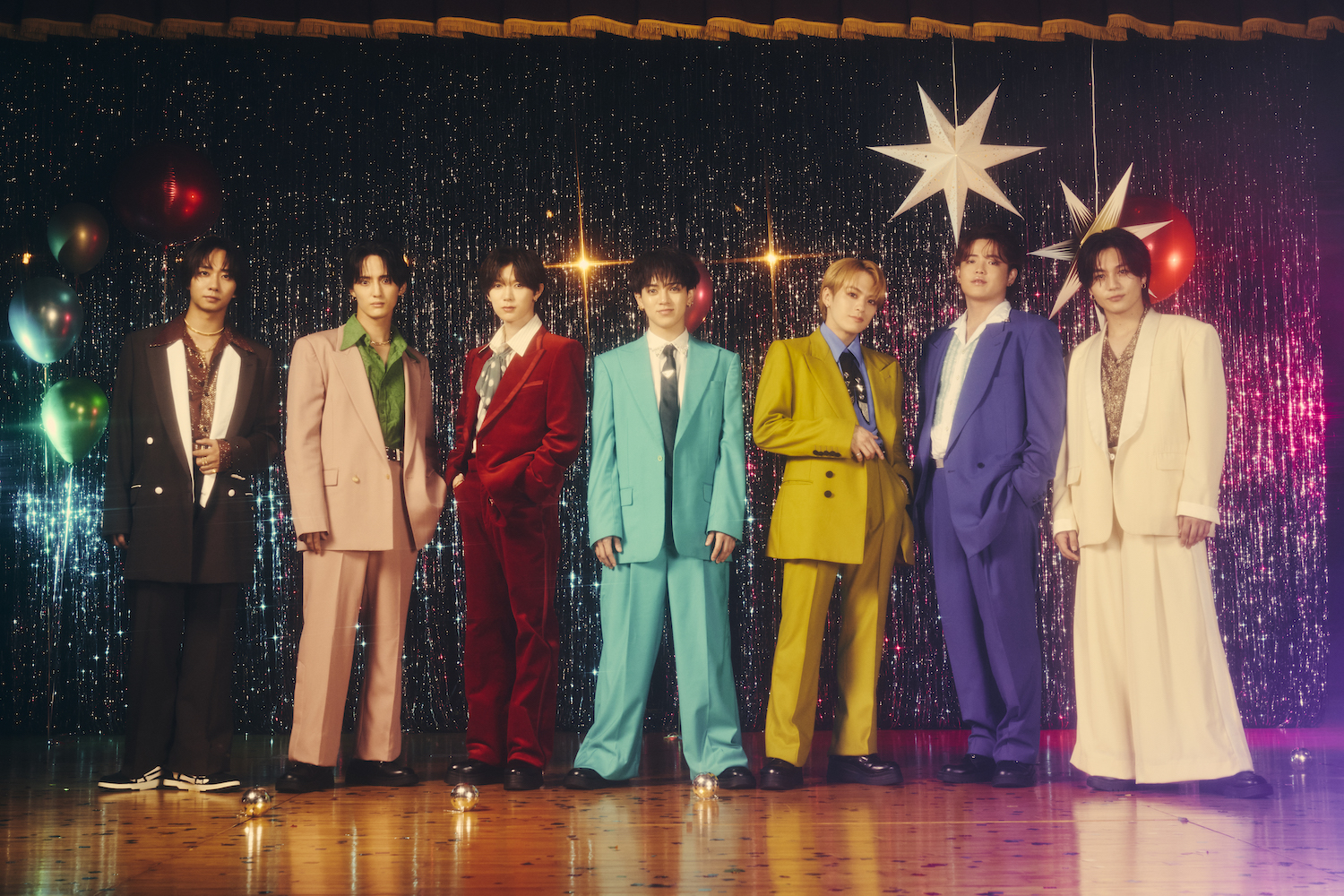
In recent years machine learning programs have revolutionized the field of video editing.
So called “deepfakes,” which require minimal training, access to a lot of footage, and no special equipment have made it possible for ordinary hobbyists to seemlessy and effortlessly superimpose one person’s face onto another person’s body.
The ease and accessibility of the technology has raised a number of ethical concerns around its potential use for the spread of disinformation and for the production of legally questionable adult content. Results that, just ten years ago, would have required a team of special effects artists and thousands of hours of work can now be achieved by one person with an ordinary laptop and a free weekend.
And the existence of such game-changing technology has already bred a number of conspiracy theories — including the false claim that ex-president Donald Trump’s concession speech was a deepfake. But as quick and easy as deepfake software is to use, it’s nothing compared to a program that was recently unveiled on the genealogy website MyHeritage.
Known as “Deep Nostalgia” its intended use is to bring old photographs to life, identifying and animating faces, resulting in surprisingly smooth, slightly uncanny video clips of deceased loved ones. But there was no way the Internet was going to leave it there…
Queen Liliʻuokalani brought back to life with #DeepNostalgia https://t.co/BLQGO7QDk6— Keahi (@Keahi) 1614567580.0
The software soon went viral, with some people using it to breathe new life into photographs of historical figures from Frederick Douglass to Queen Lili’Uokalani of Hawaii. Suddenly these once stiff and staid portraits were looking around, tilting their heads, subtly smiling. It’s like something out of Harry Potter — specifically the unpublished eighth book, Harry Potter and the Uncanny Valley.
But while there is something faintly unnerving about many of these animated photographs — the robotic blinking, the silent way they can shift their gaze directly into your soul — it was when people started pushing the bounds of the software’s capabilities that things started to get really creepy.
Not just photographs. Paintings and Statues are brought to life as well. And where the software struggles to identify the contours of an aritist’s interpretation of a face, things can get… a little odd.
While the Mona Lisa and Michelangelo’s David both produce fairly smooth, if creepy animations, the infamously busted Cristiano Ronaldo bust gets even worse when it’s brought to life. Naturally, when I saw this, I was inspired to do some experimenting of my own, so I pulled up an image of another notorious sculpture — the so-called “Ugly Lucy” statue of Lucille Ball that once stood in Jamestown New York.
Looking for paintings to play with, I landed on the memeified Joseph Ducreux self-portrait in which he’s pointing enthusiastically at the viewer. The angle was not ideal for Deep Nostalgia, but it worked, and it led me down a rabbit hole of other memes that could be brought to life.
Most of these were unremarkable — Success Kid looks equally proud in motion, and Hide the Pain Harold is still holding back tears. But Distracted Boyfriend yielded some interesting results by revealing that the look he was directing at an attractive stranger was not his “whoa” face but his O face…
Once I’d started, it was difficult to stop playing, and the incredible simplicity of the program — you just upload the image, and 30 seconds later it spits out a clip — kept me coming back. I wanted to see how far I could push things. I would come to regret that impulse.
It turned out that Deep Nostalgia had some notable limitations. Odd angles could throw off its interpretation of a face, and in addition to missing some faces it would occasionally cling on to a blurry face in the background, or even a random, facelike assemblage of shapes and shadows — twisting, “enhancing” and animating those shapes into truly grotesque horrors, as if the unnoticed margins of your images were possessed by demonic forces.
But where the program truly proved its power was in lending life to an already disturbing niche of the art world. “Realistic” cartoon characters.
There are sculptors and 3D modeling artists who have made entire careers out of translating your beloved childhood memories of animated characters into horifying flesh monsters. A lot of these creations are too twisted for Deep Nostalgia to recognize — most interpretations of the Simpson family’s bulging eyes stretch beyond the bounds of facial recognition.
But some skirt close enough to the edges of humanity for the software to bring them to life. The results lend a dark irony to the name “Deep Nostalgia”…
I put every cartoon character and muppet I could think of through the process. From an American Horror Story version of Sesame Street‘s Bert to a twisting, convulsing Spongebob Squarepants, it was as though my childhood had come alive to stalk me through my nightmares. And now it’s your turn to know that fear…
A warning before you click play: you cannot unsee what this video contains:
Using Deep Nostalgia to Animate Creepy Versions of Cartoon Charactersyoutu.be
Sleep Well..
- The 10 Best Nostalgia TV Shows for Regressing During Quarantine ›
- 15 Classic Commercials to Trigger Your ’90s-Kid Nostalgia – Popdust ›


